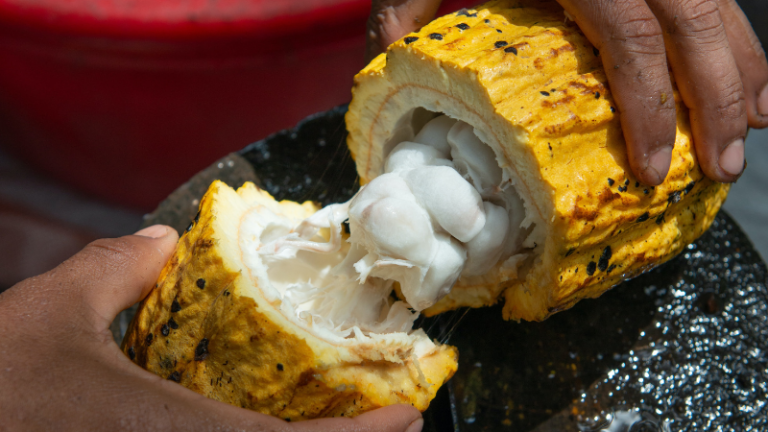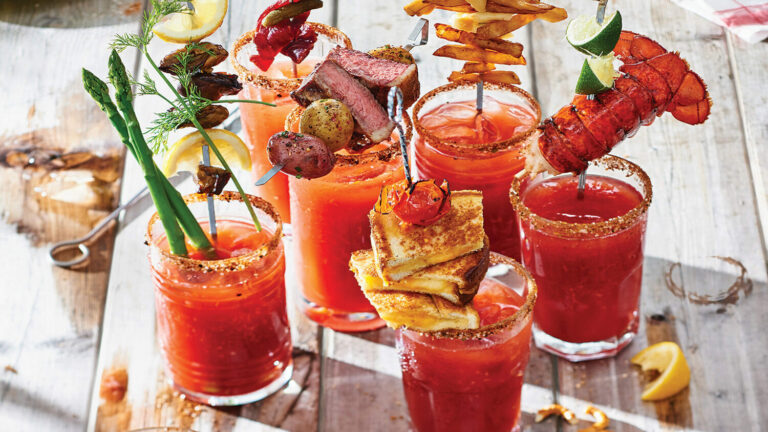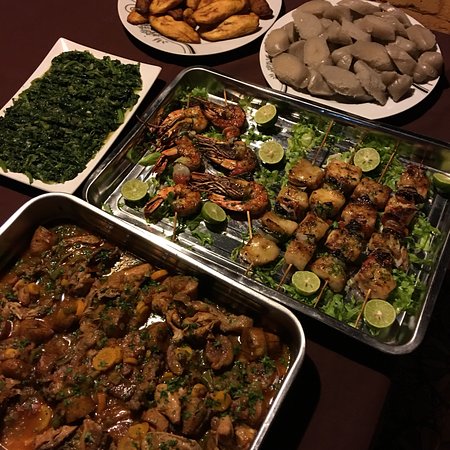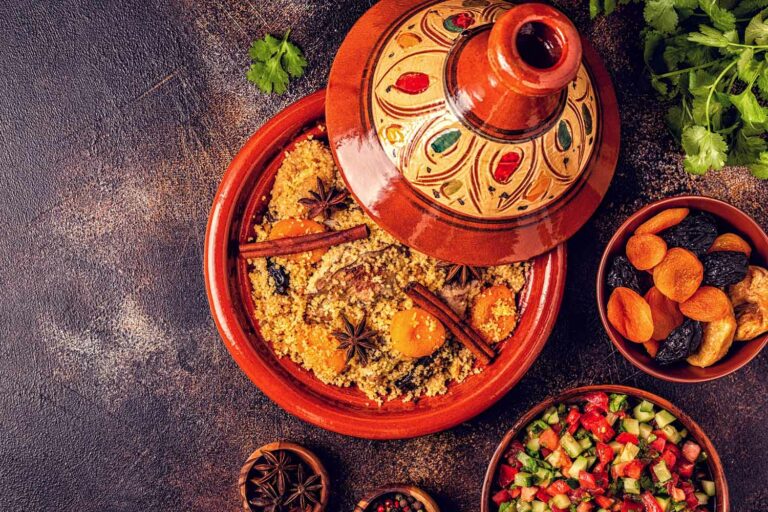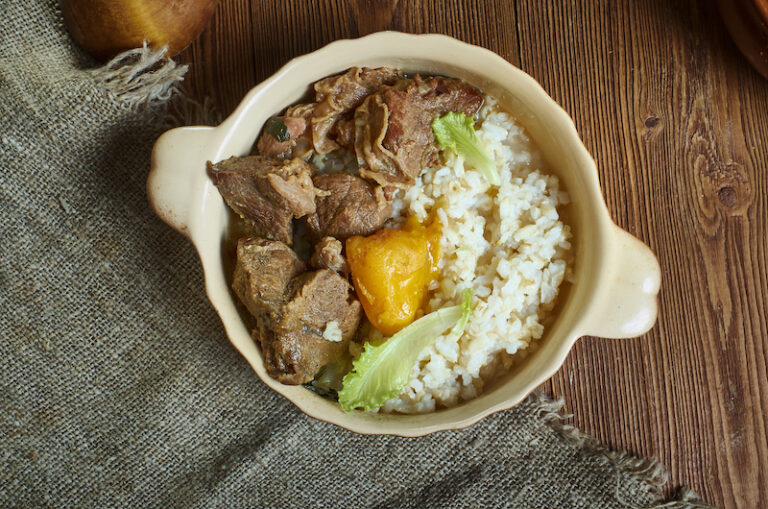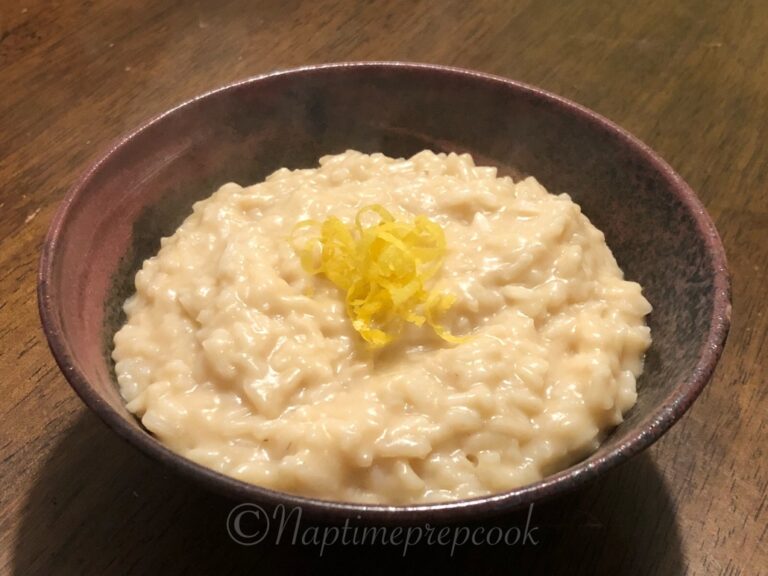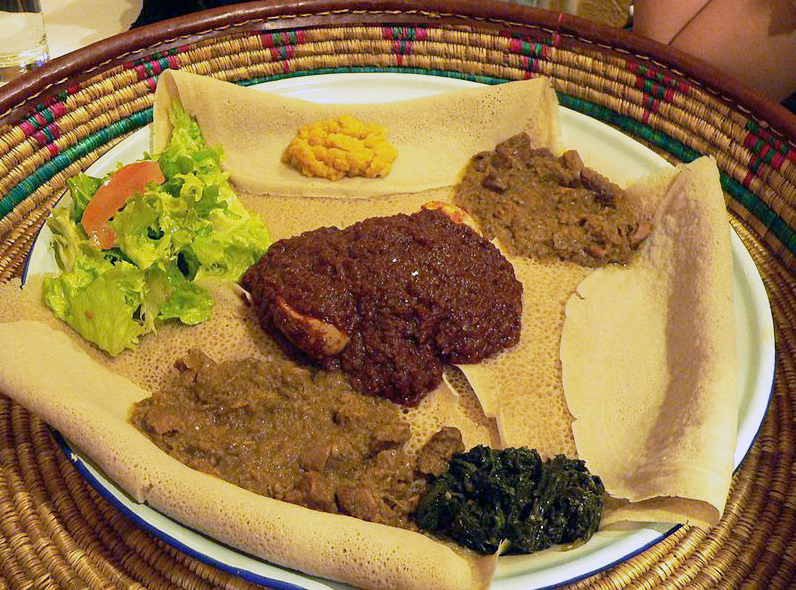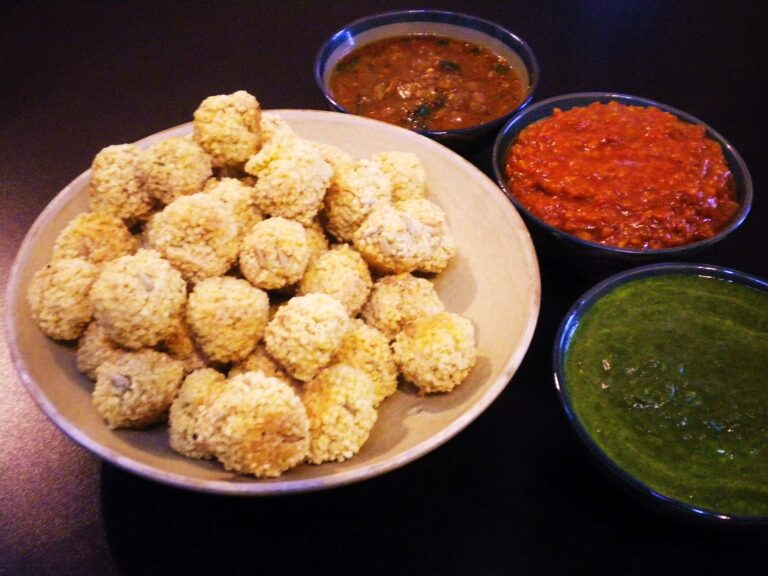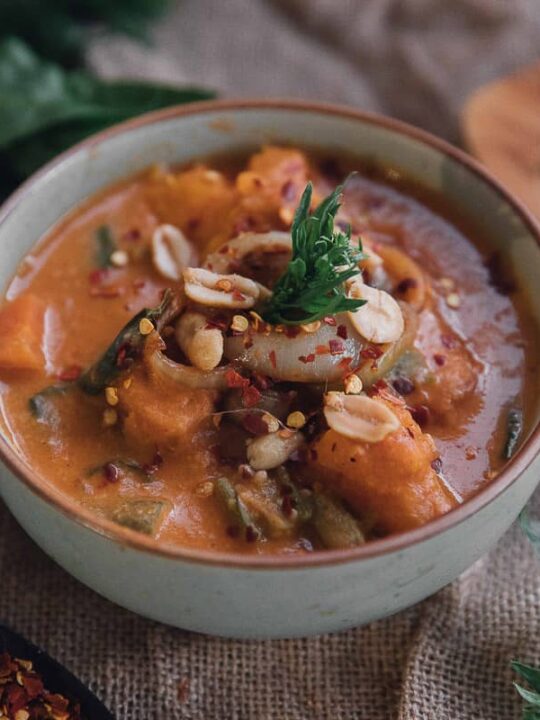Introduction: Street Food in Central African Republic
Street food is a culinary culture that is gaining global recognition. It is an affordable and accessible way to experience the flavors of a country. Central African Republic, a landlocked country in Central Africa, is renowned for its diverse and unique cuisine. Street food is a popular way of life in the Central African Republic, and it is one of the most sought-after food experiences in the country.
The Culture of Street Food in the Central African Republic
Food is a critical element of the Central African Republic’s culture. The Central African Republic has a rich culinary heritage that utilizes a variety of spices, herbs, and sauces. Street food is an integral part of the Central African Republic’s food culture, and it is a way for people to experience the local cuisine. Street food in the Central African Republic is a social activity that brings people together, and it is an opportunity for people to try different dishes and flavors.
Popular Street Foods in the Central African Republic
The Central African Republic has a vast array of street food options. The most popular street food in the Central African Republic is Salmiya, which is a spicy fish stew. Another popular street food is grilled meat, particularly goat meat, which is often cooked over charcoal. The Central African Republic is also known for its cassava, a root vegetable that is roasted and served as a snack.
Availability of Street Food in Central African Republic Cities
Street food is widely available in Central African Republic cities. Street vendors can be found on almost every corner, selling everything from snacks to full meals. Bangui, the capital city, is known for its street food scene, and vendors can be found in markets, parks, and along the streets.
Regulations and Restrictions on Street Food in Central African Republic
The Central African Republic does not have strict regulations on street food. However, there are some restrictions on where street vendors can set up their stalls. Vendors are not allowed to set up their stalls near hospitals, schools, or government buildings.
Health Concerns of Eating Street Food in Central African Republic
There is a risk of food-borne illness when eating street food in the Central African Republic. However, many vendors follow proper hygienic practices, such as washing their hands before preparing food. It is advisable to eat at busy stalls with a high turnover of food.
Economic Benefits of Street Food Vendors in Central African Republic
Street food vendors play a significant role in the Central African Republic’s economy. They provide affordable food options for locals and tourists, and they create jobs for people. Many street vendors are women, and their income supports their families.
Conclusion: The Future of Street Food in Central African Republic
Street food is a vital component of the Central African Republic’s food culture. It is a way for people to experience the local cuisine and for vendors to earn a living. The Central African Republic government should provide better infrastructure and support for street vendors to ensure that they can operate safely and hygienically. With the proper regulations and support, street food in the Central African Republic has the potential to grow and thrive, becoming a significant contributor to the country’s economy and cultural identity.

